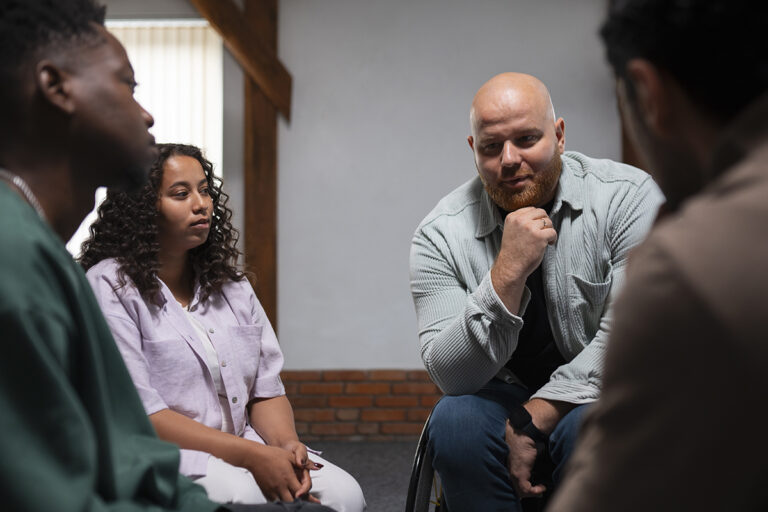Digital Literacy for Immigrants: Using Technology Safely and Effectively
In today’s world, knowing how to use digital tools is essential for success. From applying for jobs to talking with family, digital literacy helps immigrants stay connected, informed, and empowered. Yet for many newcomers, technology in the U.S. may feel unfamiliar or overwhelming. This article introduces the basics of digital literacy and offers practical guidance on how immigrants can use technology safely and effectively in their daily lives.
1. What is Digital Literacy?
Digital literacy means having the skills to use computers, smartphones, the internet, and common software programs to access information, communicate, and complete tasks. It includes knowing how to search online, send emails, use apps, protect your personal information, and understand digital risks.
2. Getting Started with Devices
Most people in the U.S. use a smartphone or computer to go online. Local libraries, schools, and nonprofit organizations often offer free classes on how to use devices. You can also practice using public computers at libraries or community centers. Don’t be afraid to ask questions—learning takes time.
3. Creating and Using Email
Email is often required for applying for jobs, school, benefits, and services. Create a free email account (such as Gmail or Outlook) and learn how to read, write, and reply to messages. Check your email regularly and use a strong password to keep your account secure. Avoid clicking on suspicious links or sharing your password with others.
4. Searching for Information Online
Use search engines like Google to find reliable information. Learn how to evaluate websites and avoid false or misleading content. Stick to official sources (such as .gov or .edu websites) when looking for important information about laws, immigration, or health.
5. Online Safety and Privacy
Be cautious when sharing personal information online. Use secure websites (those with ‘https’) and avoid giving out your Social Security Number, immigration status, or financial information unless required by a trusted source. Install antivirus software and be careful with emails or messages that ask for private information—they may be scams.
6. Using Technology for Communication
Video calling apps like Zoom, WhatsApp, and FaceTime let you talk to family and attend virtual appointments. Social media platforms like Facebook or Instagram can help you stay connected, but they also require privacy awareness. Adjust your settings to control who sees your posts and never share too much personal information publicly.
7. Accessing Services and Opportunities Online
Many services—including government forms, health appointments, and job applications—are now online. Learn to use websites like USA.gov, USCIS.gov, or your state’s Department of Labor site. Use apps for banking, transportation (Uber/Lyft), language learning, or news updates. Building digital skills opens the door to education, employment, and independence.
8. Digital Learning Resources
Websites like GCFLearnFree.org, Khan Academy, and YouTube offer free lessons on computer basics, job skills, and more. Many libraries offer technology classes or loan laptops and tablets. You can also ask your children, friends, or local volunteers for help with learning. Digital literacy is not just a skill—it’s a lifelong advantage.
Conclusion
Digital literacy helps immigrants connect to opportunities, services, and their communities. By learning how to use technology safely and confidently, you can access important information, stay in touch with loved ones, and move forward in your personal and professional life. No matter your age or background, it’s never too late to learn and grow in the digital world.




